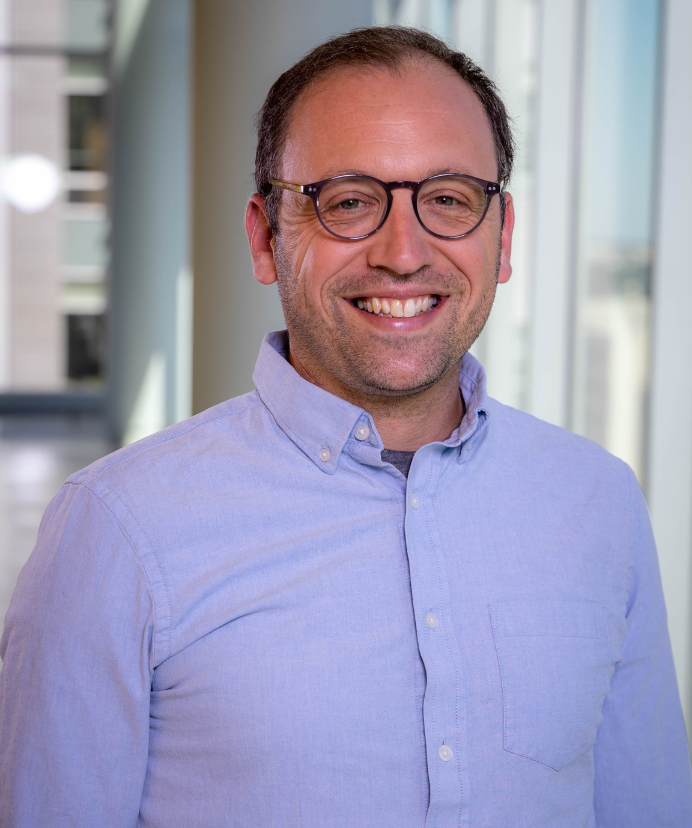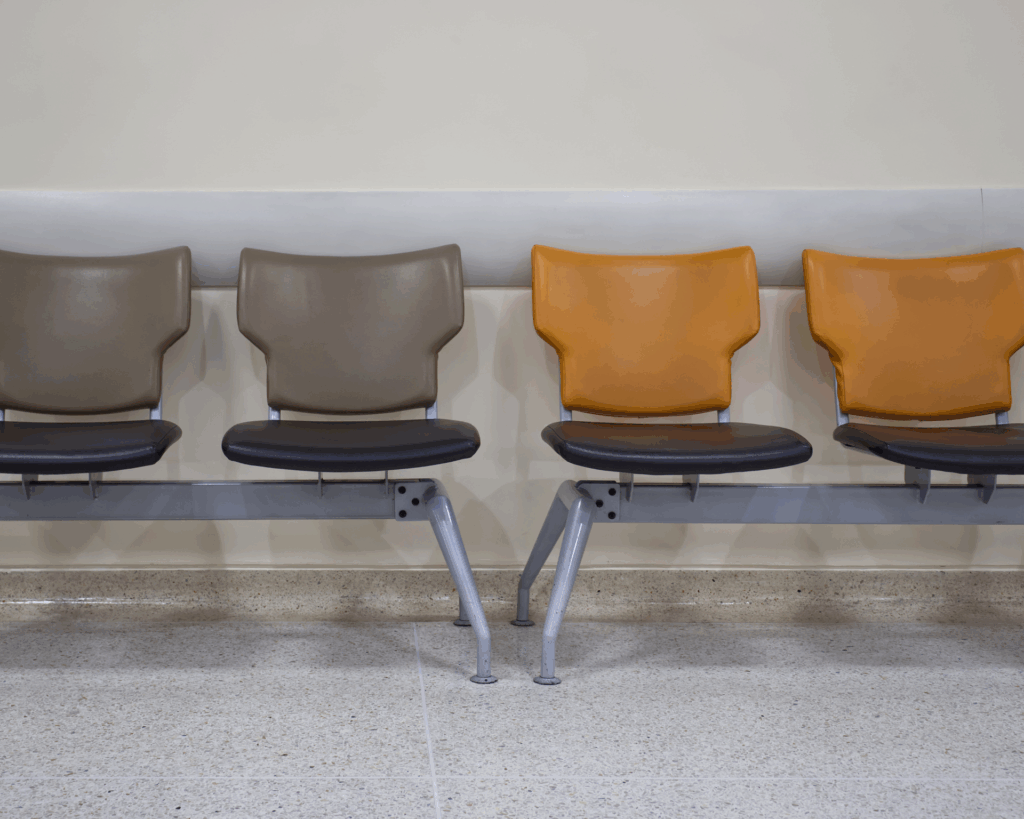Understanding Costs of Mobile Units to Address the Overdose Crisis
Mobile units can help address the overdose crisis, but they require diverse funding and operational flexibility to maximize impact.

Read Time: 4 minutes
Published:
Recent encouraging data show that overdose deaths are decreasing in the United States. This decrease represents the hard work of thousands of clinicians, case managers, harm reductionists, peer navigators, and outreach workers who work tirelessly to counsel individuals while also providing naloxone, prescribing medications for opioid use disorder, and addressing complex social needs. We know that meeting people where they are with empathy and evidence-based interventions nurtures trusting relationships, improves the likelihood they will get the care they need, and ultimately saves lives. The question is: how can this approach be scaled to make an even bigger impact?
What are mobile units?
Mobile units, vehicles converted to provide services to patients in their communities, have a history of success facilitating care for everything from routine pediatric care and vaccinations to dental care to eye exams. More recently, mobile units have been deployed to provide substance use counseling, treatment, and harm reduction services. In short, mobile units lower barriers to care.
As with all good interventions, however, scalability is partially dependent on how much the intervention costs. Until now, little has been known about how much these mobile units cost to maintain and operate, particularly those that are providing harm reduction and overdose prevention services. It is necessary to understand the costs of mobile units so communities can overcome challenges to sustainable funding and have a maximum impact on helping people who need them.
What did we do?
We performed an economic analysis of mobile units in four Massachusetts communities that provide various services, including overdose prevention and education, substance use treatment, harm reduction services, and infectious disease testing. We did this work as part of the HEALing Communities Study, a large, NIH-funded effort aimed at reducing opioid-related deaths. To understand the scope of costs, we partnered with community organizations operating mobile units. We used program invoices and conducted one-on-one interviews with people working on or with these mobile units. Invoices provided detailed lists of costs, such as gasoline, materials, and salaries. Interviews provided us with context and what might be missing from invoices.
The costs we looked at fell into four main categories: 1) staff personnel, 2) the mobile unit, 3) supplies and services, and 4) miscellaneous items (e.g., patient transportation, travel expenses).
What did we learn?
Not surprisingly, we found that costs varied by the services provided and by local context. Along with the actual costs, we learned that there are two additional key elements for communities to consider when deploying a mobile unit to ensure impact and sustainability: developing a diversified funding strategy and having operational flexibility.
First, developing a diversified strategy can help overcome the cost barriers. Starting a mobile unit providing harm reduction, naloxone distribution, and opioid agonist medication (at minimum) required an initial investment of $60,000, though more than 75% of this investment was used to the purchase of the vehicle. The monthly average cost for operations was $15,000.
The mobile units in our study were funded through various mechanisms, including federal funding, local health departments, and private donations. No mobile unit relied on a single funding source, which is crucial as local public health departments and federal agencies face substantial budget cuts. Mobile interventions demonstrate a clear return on investment for communities and an ideal opportunity to engage local funders to ensure sustainability.
Second, flexibility of operations is critical to meeting the various needs of clients. Our analysis showed that successful mobile unit initiatives adapted to evolving community needs, environmental conditions, and policy changes. For example, one category of mobile unit linked patients to opioid agonist medication via telehealth and in-person harm reduction services (including naloxone and syringe services, and peer support). Another mobile unit prioritized transportation to methadone clinics and on-site HIV and other infectious disease testing. Still, another provided onsite prescriptions for opioid agonist medications. Our analysis showed that the organizations deploying the mobile services could customize services by engaging with the community to understand unique needs and preferences. All of this is to say that operational flexibility can foster trust, increase use of services, and demonstrate a good return on investment.
To paraphrase Joshua Sharfstein, Vice Dean for Public Health Practice and Community Engagement at Johns Hopkins University, we should invest in things that work and not invest in things that don’t work. Mobile units are an effective tool to address the overdose crisis. Our research provides local decision-makers with concrete cost estimates and a framework to guide the planning and implementation of mobile units in their communities.




